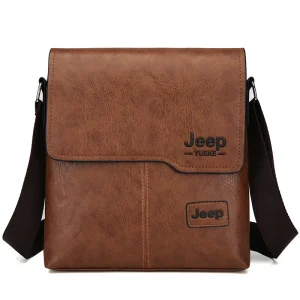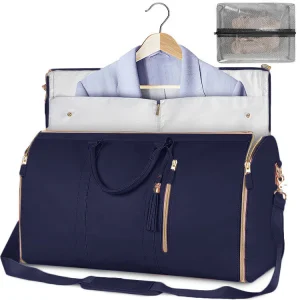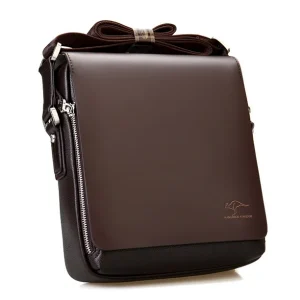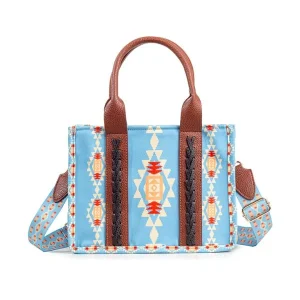
Edited by Abdullah Faraz on July 27, 2024
Polyester products or dresses men shrink on cleaning improperly. If it happens to you, don’t worry they can also be slightly stretched.
Be attentive! Polyester stretching does not always work. If a proper method and steps are not followed, improper stretching may lead to the loss of shape, weakening of fibers, and surface damage.
Read and get insights about recovering your dress to its previous version. This blog post provides a complete guide with all the tactics for this problem.
What is Polyester?
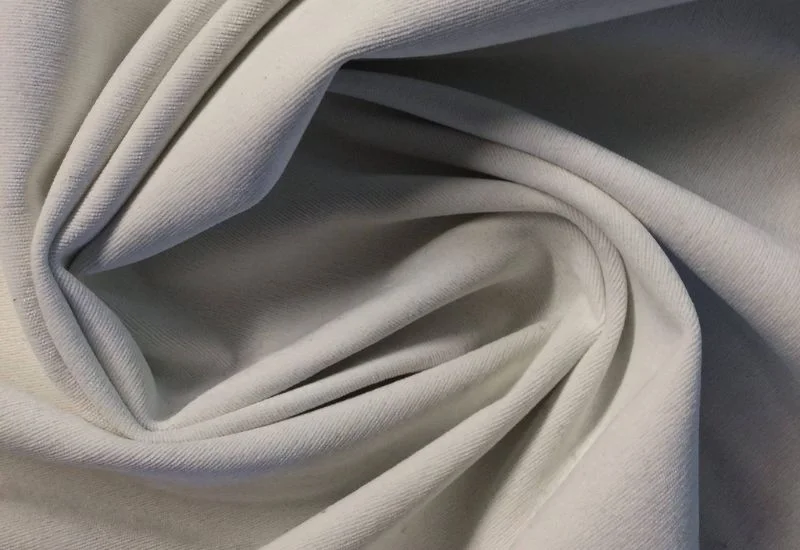
Polyester is a synthetic (artificial fabric) widely used in textiles and plastics. Polyester is also known as a Woven Fabric (a fabric made from polyethylene terephthalate polymer). It is famous for its unique properties of durability, wrinkle resistance, easy cleaning, and stretching ability1.
Pure Polyester Essence
100% Polyester fabrics have a wide range of textures and feel depending upon the way of production and finishing. They are well known for their smooth & silky appearance. They also have the following options: soft & cozy, lightweight and shiny, or cool to the touch.
Polyester Composition
Polyester fibers contain natural petrochemical constituents. However, they are processed synthetically through these steps:
Polymerization: Polyester is produced through polymerization (a process of reacting monomer molecules together in a chemical reaction to form polymer chains or three-dimensional networks) of natural reagents.
Drying: Drying is a process that converts the polymerized material into a solid mass.
Cutting: Cutting is a step of polyester polymerization that converts the product into a required shape and size.
Finishing: Last but not least, in manufacturing everything is finished. It gives a final texture to polyester.
Factors Influencing Stretchability
The stretching behavior of polyesters is versatile depending upon the following factors:
Fiber Composition: Polyester fabrics can be badly stretched depending on their fiber formation. Pure polyester is a synthetic material, and it has little elasticity by itself. However, the stretchability is much higher when mixed with fibers like spandex or elastane. Polyester unites with fibers like spandex and elastane, which gives the fabric wear resistance and minimal wrinkling, resulting in a stretchy and comfortable fabric.
Fabric Construction: Fabric construction also plays a major role in a fabric’s stretchability. Knit apparel is formed through the interloping of yarns and is usually more elastic than woven apparel, which is formed by intermingling yarns at right angles to each other.
Finishing Process: In the finishing step, treatments such as heat setting can lock in a fabric’s shape and dimensions, potentially reducing its stretch. On the other hand, specific finishing techniques enhance the fabric’s elasticity, making it more flexible and comfortable.
Weight & Thickness: Polyester fabric also affects stretchability through weight and thickness. Incorporated fabrics that result in slim flex more compared to those that are thick or heavy. Lighter fabrics have relatively lower resistance to deformation, so they are more flexible and much easier to manipulate.
The direction of Stretch: The direction in which fabric stretches is considered based on the fibers’ alignment. Some polyester fabrics are stretchable only in one-directional stretch, while others are stretchable in any direction. Two-way stretch fabrics even stretch widthwise and length-wise.
Aging: The stretchability of polyester fabrics may decrease over time because of aging. Showering, ironing, and general use affect the overall health of the cloth’s fibers.
Polyester and Stretchiness Behavior
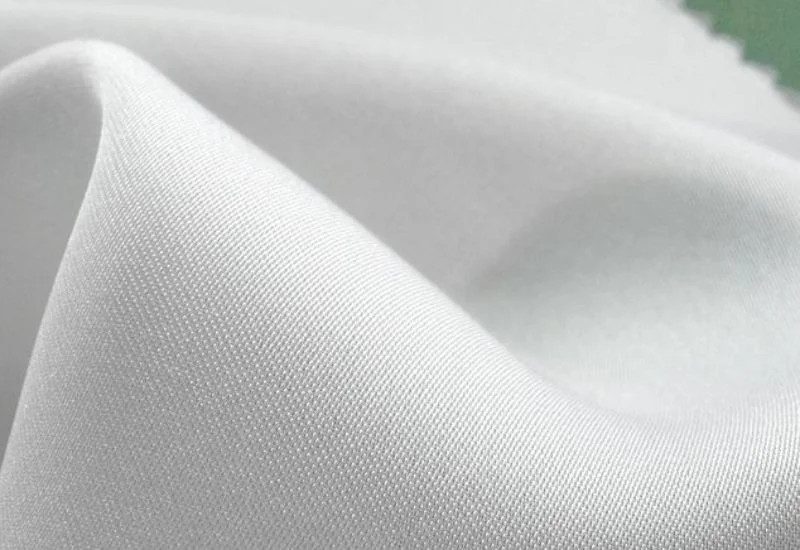
Polyester fibers are stretchy but limited in their nature. They are flexible and can retain their position after a gentle and proper stretch. Moreover, polyesters can be made more stretchy by following techniques:
Blend with Elastic Fibers: The incorporation of other fibers helps to increase the flexibility of the polyesters.
Knit Construction: Specific knit binding techniques also improve the scratchiness of polyester.
Chemical Finishes: Chemical treatments are also performed during the production process to improve elasticity2.
Types of a Polyester Stretch
Following are the types of Polyester depending upon the stretching of Polyester:
Spandex/Elastane Blends
The polyester blends are widely used in activewear and other tight fittings for items that are flexible, hard-wearing, and comfortable. Spandex gives stretch to fabric, while Polyester offers strength and eliminates wrinkling.
Mechanical Stretch Polyester
Mechanical stretch polyester fabrics are characterized by stretchability incorporated into the fabric without the need to incorporate spandex. This is done using strategies that enable the fabric to stretch and regain its original shape when used, such as knitting in this regard or being formed using a particular method of knitting, also known as stretch or elastic knit.
Four-Way Stretch Polyester
These Polyester fabrics are stretched four ways and can stretch both in the width and in the length. This type of fabric is very stretchable, and the stretchability is applied in sportswear, swimwear, performance wear, etc. because it allows a lot of flexibility.
Two-Way Stretch Polyester
There are two types of fabrics: the two-way stretch polyester fabrics, which only stretch in one direction, either in the horizontal or in the vertical direction. These fabrics are perfect for wear where a certain amount of freedom of movement is needed but not as much as in four-way stretch fabrics.
Wrap Knit Fabrics
Some of the knit polyester fabrics include wrap knit fabrics that are made using a knitting cycle that gives a stable fabric with no fraying edges and excellent elasticity. These fabrics are mostly used in areas that require the products to be hard-wearing and to have a certain amount of flexibility and these areas include sporting and outdoor wear.
Weft Knit Polyester
Weft knit polyester fabrics incorporate the yarns in the horizontal direction across the fabric. The described construction method provides a fabric with a significant stretch along the width, which creates versatility and is suitable for various garments.
Polyester Vs. Cotton
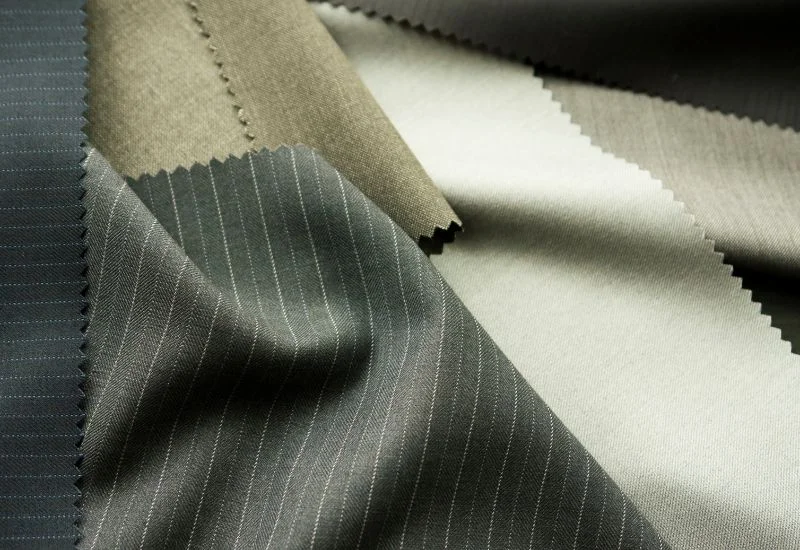
Polyester is synthetic, while cotton is a natural fiber. Polyester has more durability; on the other hand, cotton has more breathability. Polyester is easy to iron and quickly dry, but cotton does not.
Safe Method for Stretching the Polyester
Here are a few easy and safe techniques to stretch a polyester:
Lukewarm Water
To wash polyester fabrics, one has to use lukewarm water, and it is recommended that the garments be left soaked in water for at least half an hour. This warmth keeps the fibers in a relaxed state, which makes them more ductile. It is crucial to elongate the fabric to the right size and form while avoiding severe exertion on the fibers.
Gentle Stretching
When the fabric is wet from the warm water wash, do not wring it, instead extend it by hand. Concentrate on stretching force distribution to prevent areas on cloth or seams that are susceptible to tearing. The main idea is helpful when a particular item of clothing requires a slight amendment in size.
Ironing with Dampening
To stretch and reshape the polyester and other similar fabrics, iron them with a damp cloth. Given an area of cloth, fold a moist cloth over the intended area of stretching and then iron over the moist cloth with the heat turned to low. The heat and the moisture just soften the fibers so that they can easily elongate when an attempt at stretching is made.
SUMMARY
Stretching polyester is simple and safe with these techniques. Use lukewarm water to soak the fabric, keeping fibers relaxed and ductile. Gently stretch the wet fabric by hand, avoiding strain on delicate areas.
For precise reshaping, iron with a damp cloth on low heat, allowing the fibers to elongate effortlessly.
Caring the Polyester

Polyester is quite friendly when it comes to its care and cleaning, although it has a handful of restrictions that need to be followed to ensure the perfect quality of the fabric.
Washing
Varieties of polyester fabrics should not be washed using hot or warm water as this is likely to damage the fibers. So, one must avoid using hot or ultra-strong cycle settings, and mild detergent should be used instead of strong detergents.
Excessive Agitation
Minimize vigor during washing and also while drying. Vibrations and jerk movements toughen the fibers of polyester and greatly decrease the flexibility of the fabric. Choose a normal cycle and avoid putting too much load in the washing machine, this will help to reduce the amount of stress the drum has to endure.
Heavy Ironing
It is not suitable for iron polyester as it melts and shrinks when exposed to high heat. Avoid using high heat to iron polyester fabrics, and it is recommended to use a piece of cloth between the material and the iron. Do not iron them much because it tightens them, and they will not have the stretchy feel3.
Pros and Cons of Polyester
Pros
Durability: Polyester is known for its exceptional durability. It resists stretching, shrinking, and abrasion, making it ideal for clothing and household items that need to withstand regular use.
Easy Care: Polyester is easy to care for, requiring minimal ironing and maintaining its shape and color after multiple washes.
Moisture Wicking: Polyester has extensive moisture-wicking properties. It has the ability to keep moisture away from the body. So, it is the best choice in sportswear and activewear to avoid sweating.
Stretching & Form Fitting: Polyester fabric’s stretchy properties make it ideal for form-fitting clothing like leggings, dresses, and activewear.
Cons
Less Breathability: Polyester products have low breathability as compared to natural fabrics and other clothes.
Pilling: Over time, polyester gets small balls on its surface, these balls called pilling. It disturbs its appearance and texture.
Heat sensitivity: Polyester is sensitive to high heat, which can cause it to melt or deform. Care must be taken when ironing or drying on high heat settings.
Less Soft: Some people find polyester less comfortable and less soft compared to natural fibers, making it less suitable for items that are in direct contact with the skin for long periods.
Conclusion
Polyesters are stretchy by nature but a little. With the proper methods and techniques, they become long-lasting and safe for us. Polyester’s ability to blend with other fibers like cotton and spandex enhances its flexibility and ability to shrink. This makes it a suitable option for various styles and needs.
Frequently Asked Questions
Article Sources
Bagsbucks provides reliable information with good-quality references to support the facts.
- Polyester fibers – Thermal Analysis of Textiles and Fibers ↩︎
- Stretch sensing properties of conductive knitted structures of PEDOT-coated viscose and polyester yarns–Textile Research Journal ↩︎
- How to clean polyester & synthetics – Woolite ↩︎


